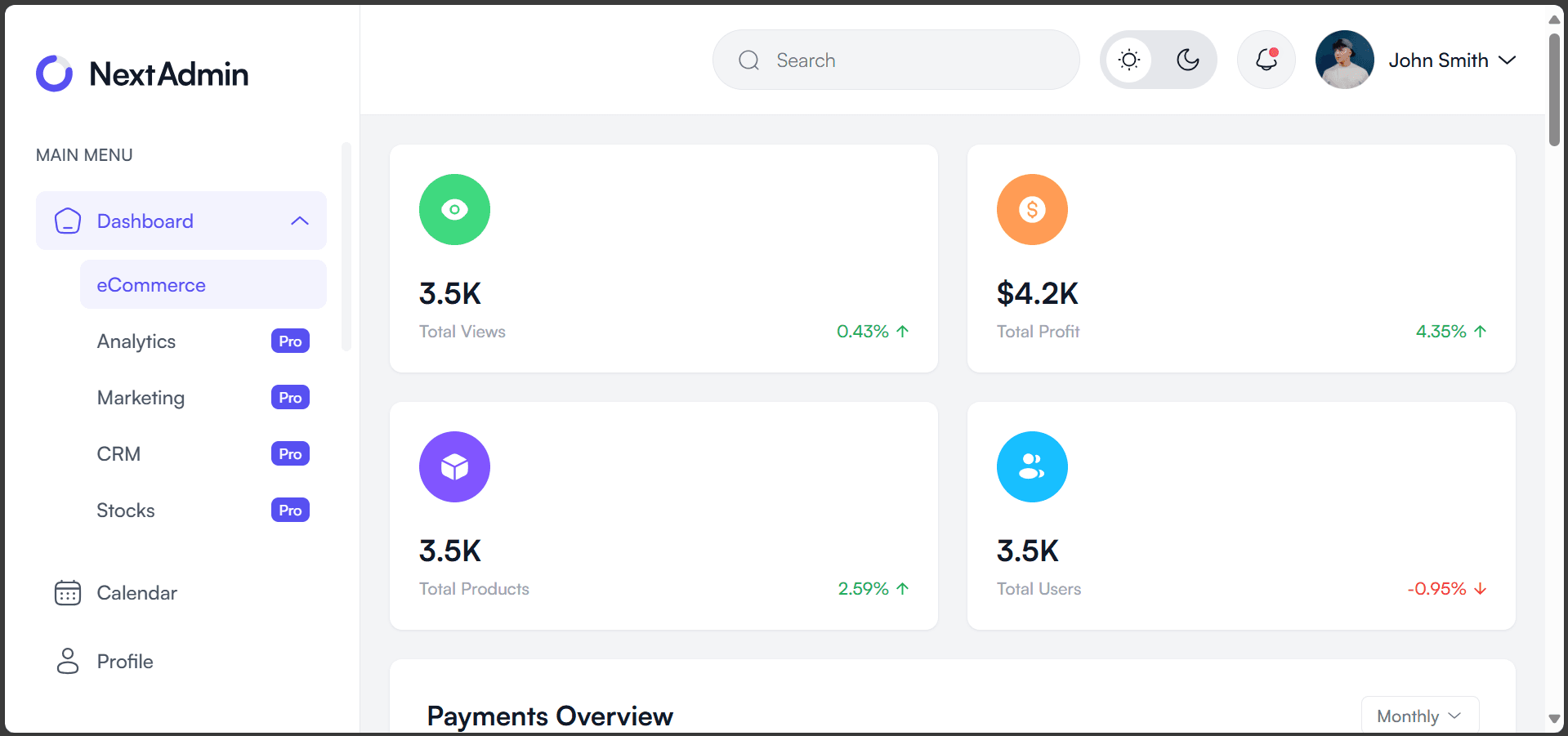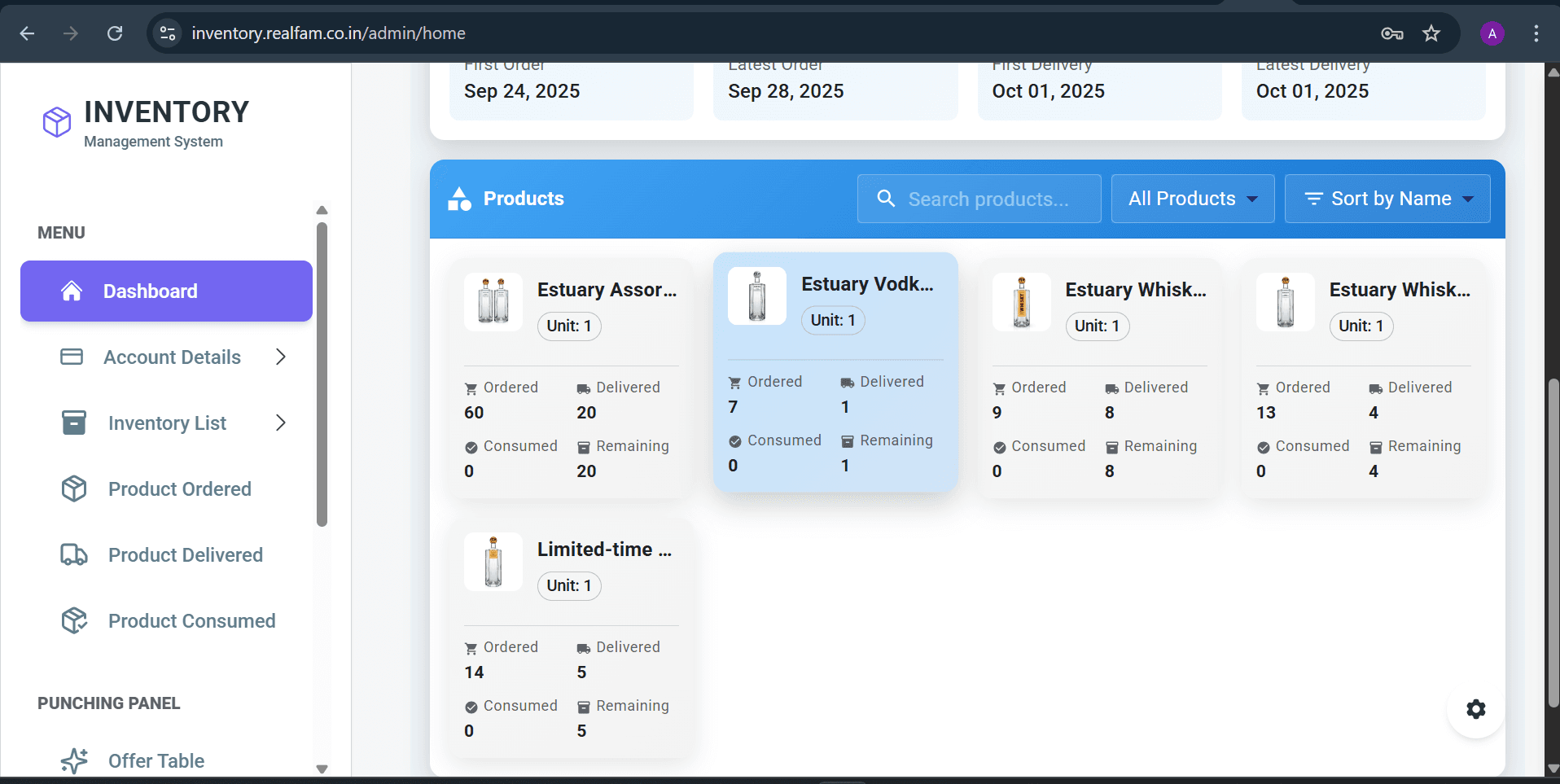Why I chose SSE over WebSockets for real-time notifications and how to implement them efficiently in your Node.js applications.
Why SSE Over WebSockets?
When building real-time notifications for my finance dashboard, I had to choose between WebSockets and Server-Sent Events. Here's why I chose SSE:
Advantages of SSE
- Simplicity: Built on standard HTTP, no special protocol needed
- Automatic Reconnection: Browser handles reconnection automatically
- One-Way Communication: Perfect for notifications (server to client)
- Better with Load Balancers: Works seamlessly with HTTP infrastructure
- Lower Resource Usage: More efficient for one-way data flow
Implementation in Node.js
Setting Up SSE Endpoint
app.get('/api/notifications/stream', (req, res) => {
res.setHeader('Content-Type', 'text/event-stream')
res.setHeader('Cache-Control', 'no-cache')
res.setHeader('Connection', 'keep-alive')
// Send initial connection message
res.write('data: {"type":"connected"}\n\n')
// Store client connection
const userId = req.user.id
activeConnections.set(userId, res)
// Handle client disconnect
req.on('close', () => {
activeConnections.delete(userId)
})
})Sending Notifications
function sendNotification(userId, notification) {
const connection = activeConnections.get(userId)
if (connection) {
const data = JSON.stringify(notification)
connection.write(`data: ${data}\n\n`)
}
}Frontend Implementation
Connecting to SSE Stream
const eventSource = new EventSource('/api/notifications/stream')
eventSource.onmessage = (event) => {
const notification = JSON.parse(event.data)
// Display notification
showNotification(notification)
// Update UI
updateNotificationBadge()
}
eventSource.onerror = (error) => {
console.error('SSE connection error:', error)
// Browser will auto-reconnect
}Advanced Features
Event Types
SSE supports custom event types for different notification categories:
// Server
res.write('event: budget-alert\n')
res.write(`data: ${JSON.stringify(alert)}\n\n`)
// Client
eventSource.addEventListener('budget-alert', (event) => {
const alert = JSON.parse(event.data)
handleBudgetAlert(alert)
})Last Event ID
Implement message recovery after disconnection:
// Server
res.write(`id: ${messageId}\n`)
res.write(`data: ${data}\n\n`)
// Client receives Last-Event-ID header on reconnect
// Use it to fetch missed messagesProduction Considerations
Connection Management
- Limit connections per user (prevent abuse)
- Implement heartbeat to detect stale connections
- Clean up connections on server restart
- Use Redis for multi-server deployments
Performance Optimization
- Batch notifications to reduce message frequency
- Implement priority queues for urgent alerts
- Use compression for large payloads
- Monitor connection count and memory usage
Scaling SSE
Multi-Server Architecture
When running multiple Node.js instances, use Redis Pub/Sub:
// Publisher (any server instance)
redisPublisher.publish(`notifications:${userId}`,
JSON.stringify(notification))
// Subscriber (each server instance)
redisSubscriber.on('message', (channel, message) => {
const userId = channel.split(':')[1]
const connection = activeConnections.get(userId)
if (connection) {
connection.write(`data: ${message}\n\n`)
}
})Error Handling
Client-Side
- Implement exponential backoff for reconnection
- Show user-friendly connection status
- Queue notifications during disconnection
- Fallback to polling if SSE unavailable
Server-Side
- Handle client disconnections gracefully
- Catch and log write errors
- Implement circuit breakers for external services
- Monitor and alert on connection spikes
Real-World Use Cases
- Budget Alerts: Notify when spending approaches limits
- Order Updates: Real-time order status changes
- System Alerts: Critical system notifications
- Chat Messages: One-way messaging scenarios
- Live Dashboard Updates: Metrics and analytics feeds
When to Use WebSockets Instead
Consider WebSockets if you need:
- Bi-directional communication (chat, collaboration)
- Binary data transfer (file streaming)
- Very low latency requirements
- Complex message protocols
Results
Using SSE for notifications in my finance dashboard achieved:
- 99.9% uptime with automatic reconnection
- Sub-second notification delivery
- 50% less server resources vs WebSockets
- Seamless deployment behind load balancers
Conclusion
SSE is an underutilized technology perfect for one-way real-time communication. It's simpler to implement, requires less infrastructure, and works beautifully for notifications, live updates, and monitoring dashboards.



